The Reborns rebound for The Resistance round two, Uprising
The superhuman Reborns face a new foe as the government recruits some of their own to fight them
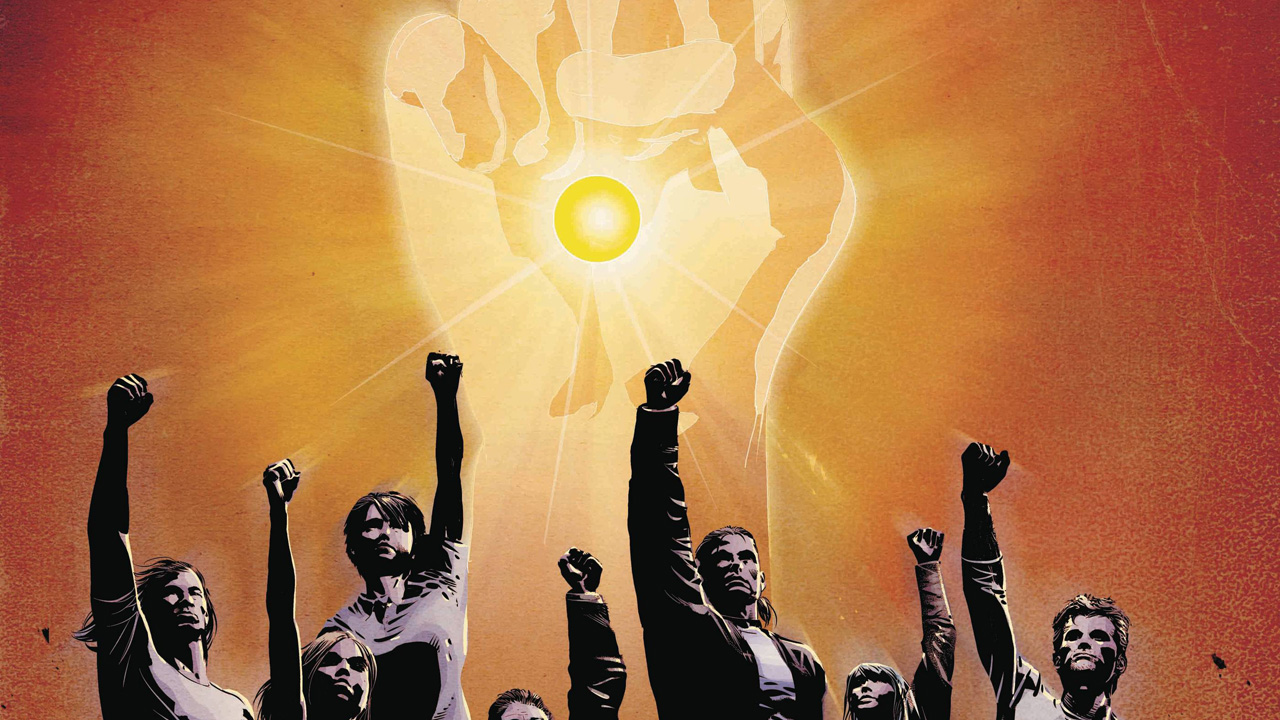
The world is in upheaval. The powers that be have failed us, and young people are rising up all across the world to combat them. If that sounds like a report from the real world, that's because, well, it is. But it's also what's going on in the pages of J. Michael Straczynski and C.P. Smith's The Resistance: Uprising, the second volume of JMS's series with AWA Studios.
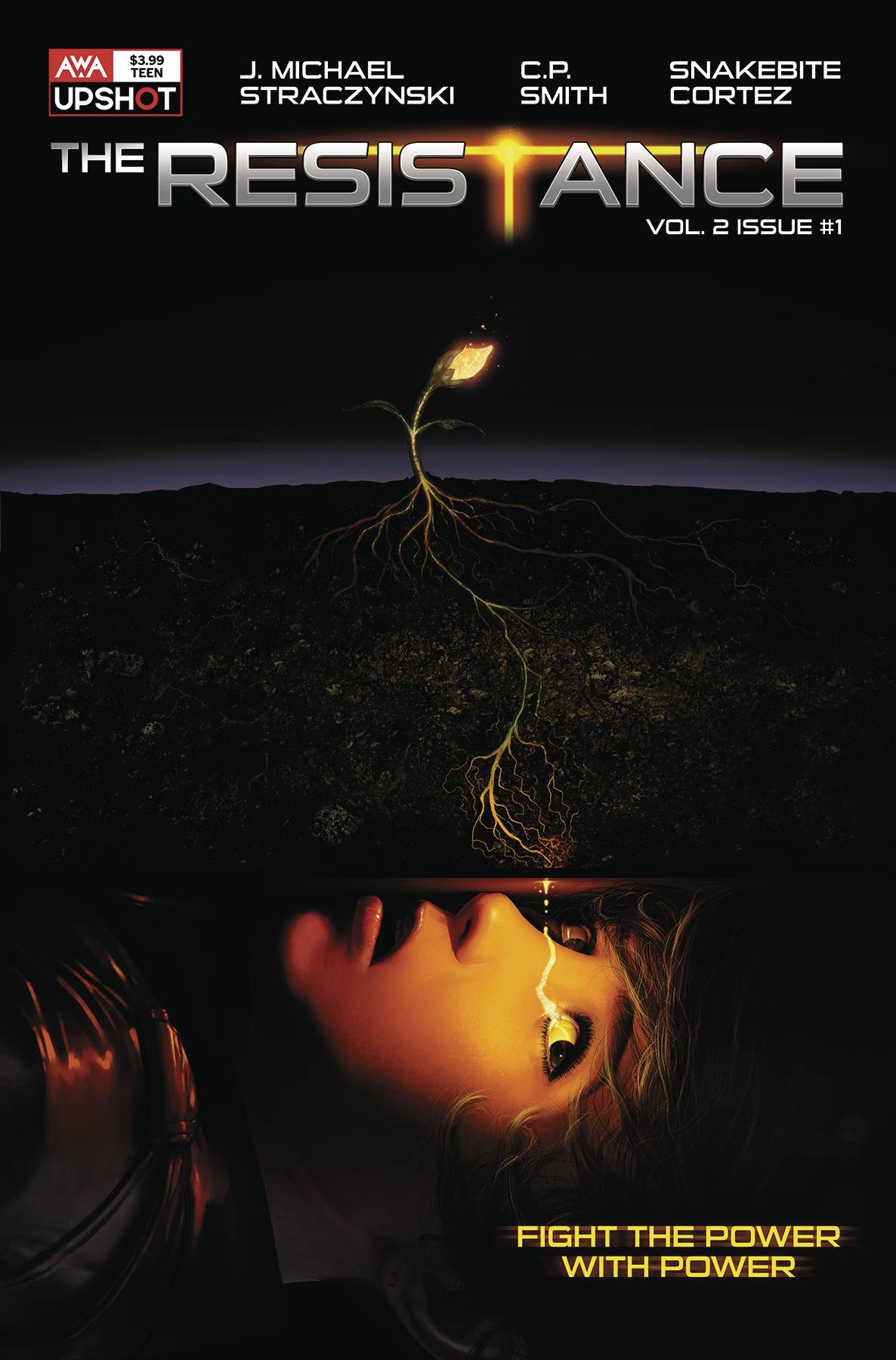
In the world of the Resistance, some people (called 'the Reborn') have what JMS describes as "biologically logical" superpowers that make them pawns and players on the world stage. In the finale of the previous volume, a resistance movement was stymied by the assassination of their leader - and now the US government is looking to finish them off with a army of recruited Reborns.
With a veteran team and an especially timely story, The Resistance: Uprising hopes to use its relevance to catapult it to continued success when it hits shelves this Wednesday, April 7.
Ahead of that release, Newsarama got the chance to talk with series artist C.P. Smith and series writer/creator J. Michael Straczynski. We talked about their creative process, the world of the Resistance, and the influences and inspirations that went into every page.
Newsarama: Joe, The Resistance: Uprising's story feels like it could be right out of a history book. How much research into historical revolutions have you done before writing this book? Did any of that knowledge filter into this story?
J. Michael Straczynski: I've always been a history buff, and without question, The Resistance: Uprising gave me the opportunity to examine themes and social issues that have historical elements.
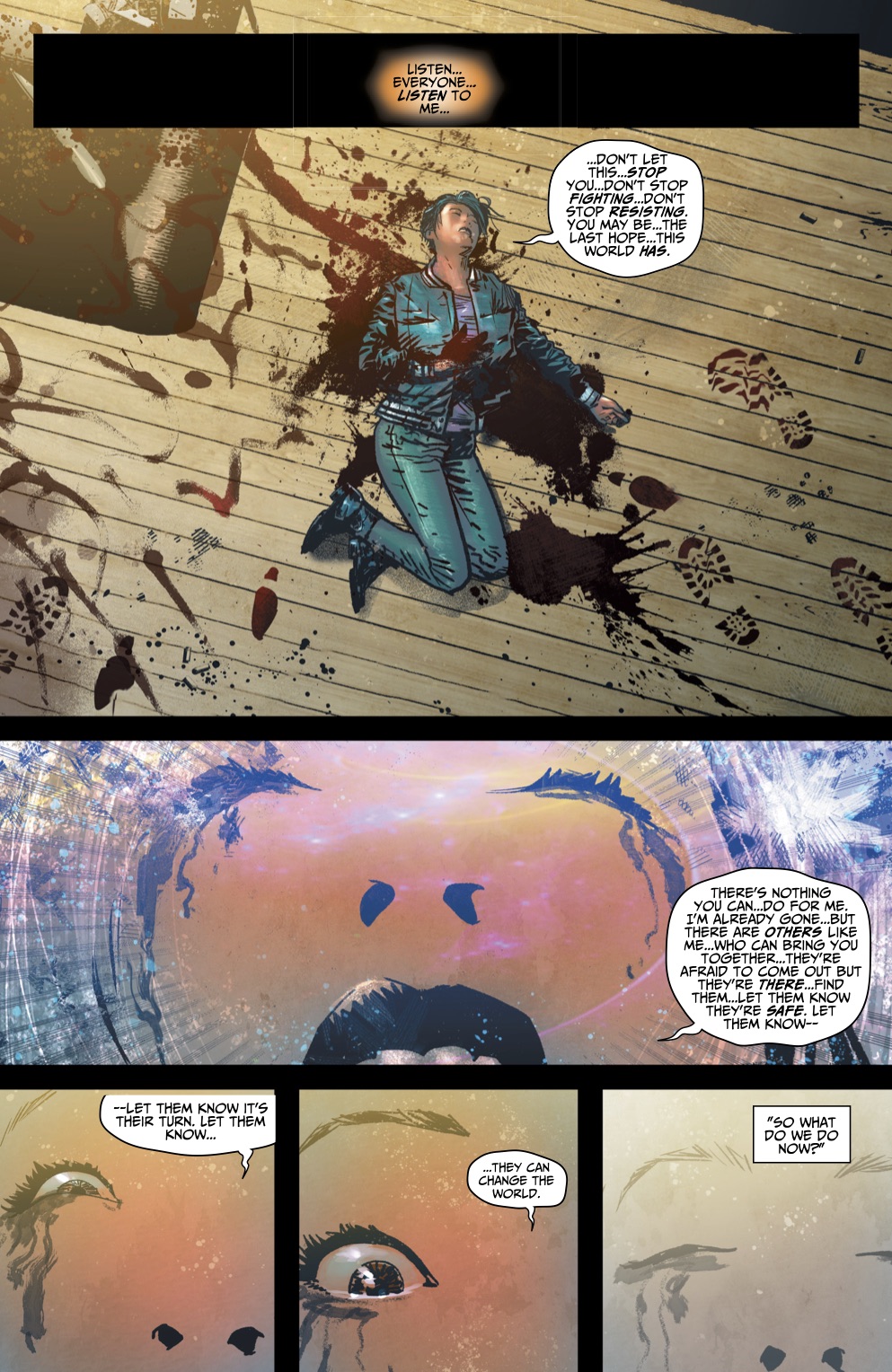
But by the same token, those themes have a lot of modern relevance because it seems we keep making the same mistakes over and over.
Get the best comic news, insights, opinions, analysis and more!
Nrama: C.P., you are taking over the series from Mike Deodato Jr.
From the pages we've seen so far, your designs for the series are very intricate. Can you describe your process of creating them?
C.P. Smith: I usually build them in 3D or take photographs. Then I combine drawing, tracing, and computer magic.
It takes a ton of research because everything is referenced. It's fun because I'm always building my visual library as I go. I'm learning stuff too.
Nrama: Michael, this is the second chapter of the Resistance saga. How far along are we in terms of the whole story? Do you have an end in mind for these characters in this world, and if so, how close are we?

Straczynski: The Resistance books are setting the foundation of a much larger storytelling universe. That process has barely begun and will become an ongoing resource. Some of the characters might not make it to the other side of that process, but the universe itself will, with luck, go on for some time to come.
Nrama: So much of Resistance's story (for this issue at least) is told in flashback. C.P., what's the key to putting a good flashback onto the page?
Smith: Flashbacks are super tough. I think the key to doing well is to not try and reinvent the audience's expectations. For example, if you're flashing back to Babe Ruth calling his shot in the fifth, don't go for anything funky. Show the audience the shot they know. There are only two photos.
Nrama: For anyone not in the know, what is the source of these characters' superpowers, Michael? Is it something like an X-Gene from Marvel Comics or a Psiot mind from Valiant Comics?

Straczynski: Neither. The virus came to Earth on what was at first assumed to be a meteor but which we learn was designed and built elsewhere.
The virus works like mRNA in that once it enters the body, those that can withstand its presence (the survivors) have their DNA significantly altered to produce powers. The difference from what we've seen generally is that we're trying to keep the powers biologically logical, enhancing what's there. So one character has an increase in pheromones that lets him control people's emotions...another can use skin contact and bioelectricity to slow down or speed up someone's heart.
So as much as possible they're extrapolations on what's there rather than heat-vision, which has no biological parallel.
Nrama: C.P., you're no stranger to superpowered characters; you've done art for both Wolverine: Noir and The Savage Axe of Ares for Marvel. What would you say is the biggest difference between working on books like that and this book?
Smith: There are a ton of differences. The biggest one for me is that I'm older. I drew all the Marvel stuff 15 years ago. In between, I had another career and a family. I'm a different person now and hopefully, I can draw better.
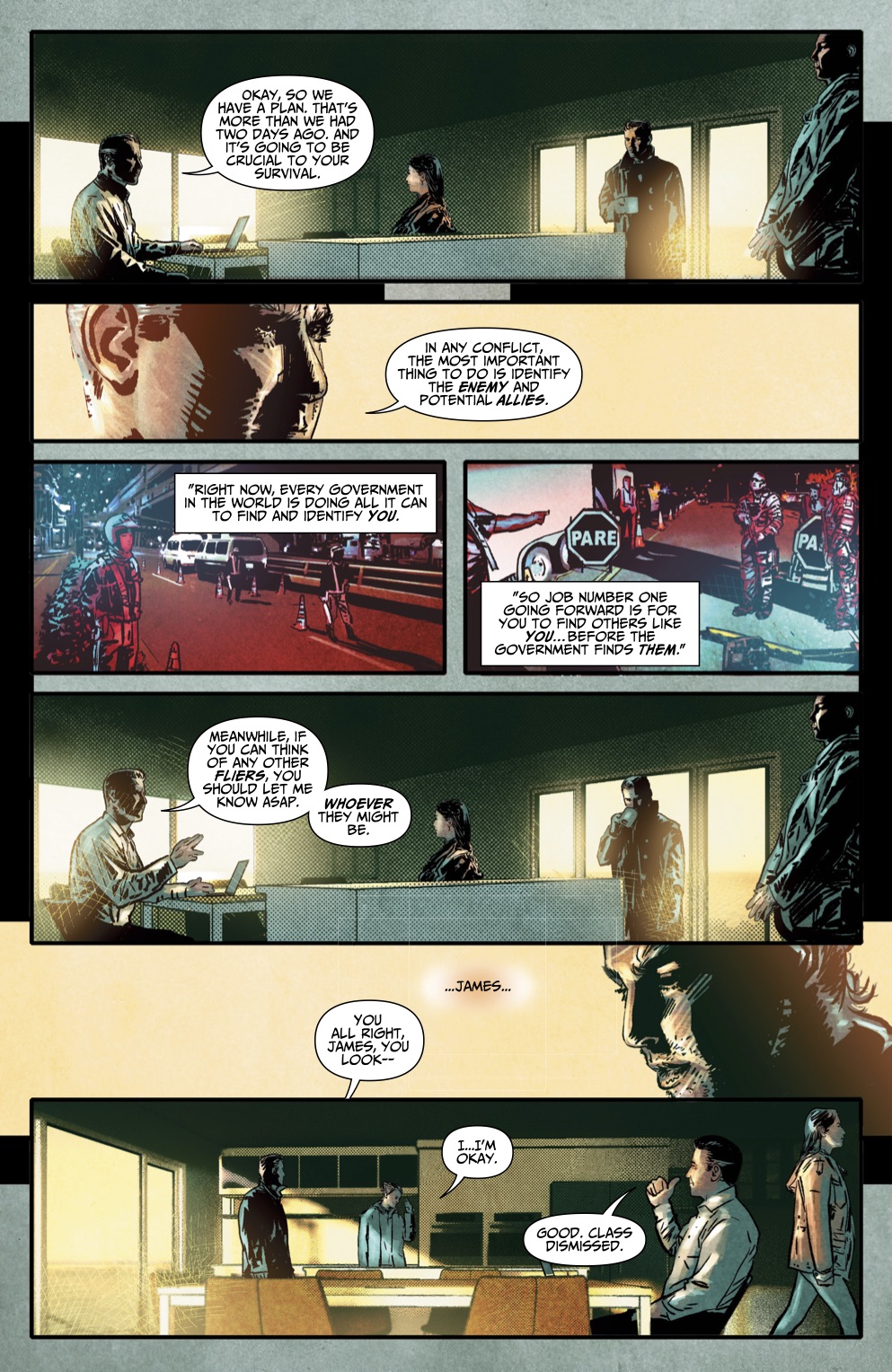
Nrama: Michael, you've done so much for the Big Two in the past. Spider-Man, Fantastic Four, Superman: Earth One, and even Before Watchmen. What's the biggest difference between working in those universe's sandboxes and creating your own?
Straczynski: We're creating a bespoke universe so that gives us a lot of room to play, versus a storytelling world that's been around for 50 plus years and has a lot of history and just as many handcuffs. We can do whatever we want.
We're also working to create a universe that will resonate with the modern culture in ways that are more problematic for characters and situations birthed in the '40s and '60s, and to tell stories (such as in Moths) that have plenty of action but are based more on personal stories rather than defeating the monster of the week or about the Big Battle.
Nrama: The last question is for either of you: what's it like working for AWA? How did you end up there? What are some of the challenges and freedoms of working for this newcomer on the comics scene?
Straczynski: It's been a lot of fun.
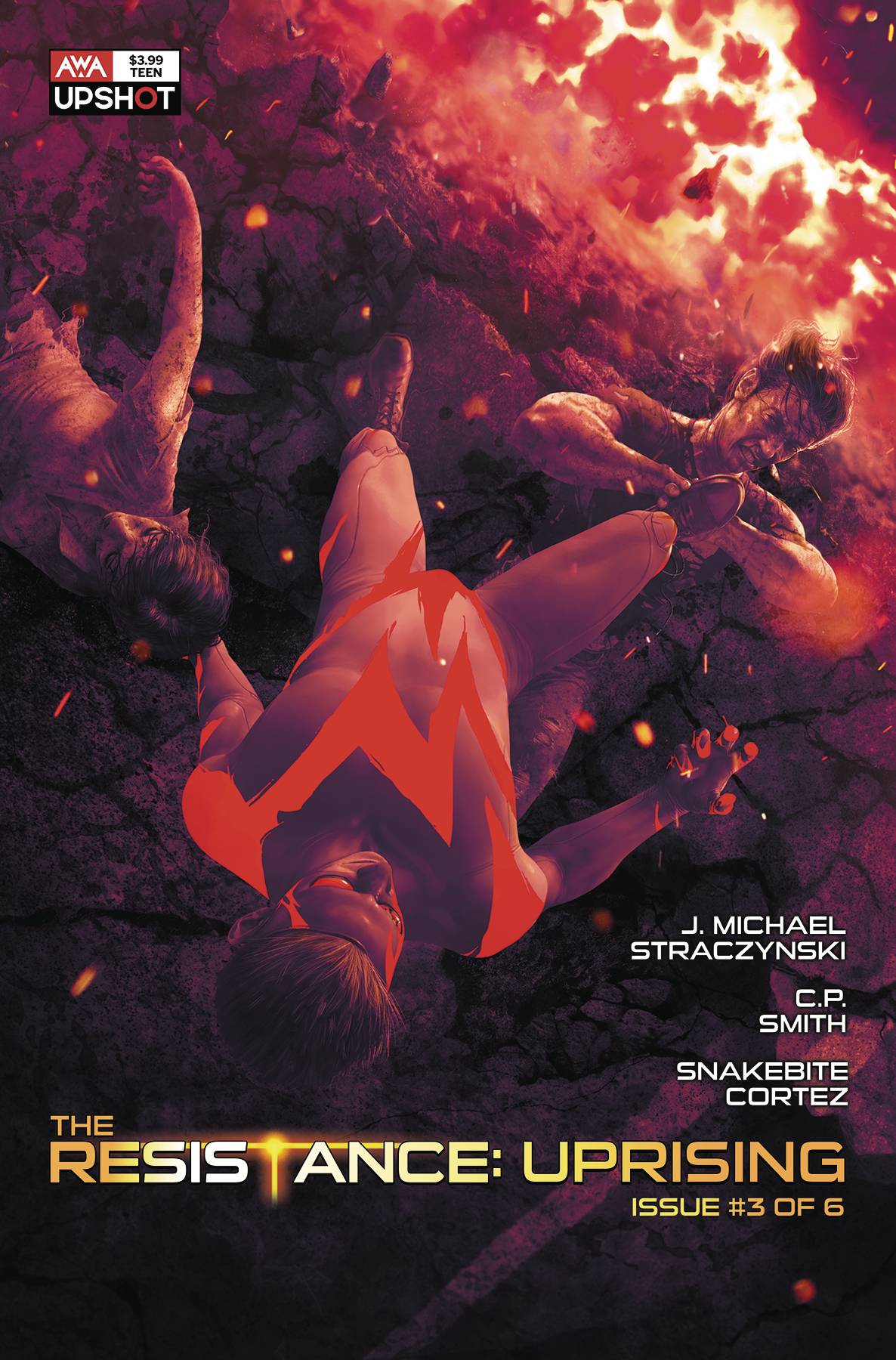
Axel Alonso has always been profoundly respectful of creators, and gives everyone a wide berth to pursue their stories without interference. Which is why I said 'yes' immediately when he asked if I'd be open to coming back to comics after taking a four-year sabbatical.
It's a great opportunity and a lot of fun to know you can create something truly new for a company that offers all the stability and resources of one of the major companies, which tend to be a bit more on the cautious side in terms of protecting their franchises.
The Resistance: Uprising #1 will be available on April 7 at comic stores and digitally. For the best digital comics experience, check out our list of the best digital comics readers for Android and iOS devices.

Grant DeArmitt is a NYC-based writer and editor who regularly contributes bylines to Newsarama. Grant is a horror aficionado, writing about the genre for Nightmare on Film Street, and has written features, reviews, and interviews for the likes of PanelxPanel and Monkeys Fighting Robots. Grant says he probably isn't a werewolf… but you can never be too careful.


